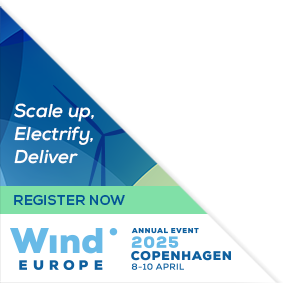Abstract
There is ample evidence that low-trophic aquatic foods could reduce food and nutrition insecurity and malnutrition, while having minimal impact on climate and environment, delivering essential ecosystem services and enabling achieving UN SDGs. For example, mussels, which feed on microalgae, and seaweeds such as kelp can utilise excess nutrients in eutrophic waters and thereby have the potential to reduce negative impact of eutrophication in waters such as the Baltic and North Sea, where overload of nutrients is abundant, while at the same time producing biomass for food, feed and materials.
However, low-trophic aquaculture could put pressure on the limited space available along the coastal waters of the Baltic and North Sea. Similar spatial pressure is also experienced in other sectors, not least for shipping, wind farming, and fish farming, but also for nature conservation, to name a few.
To tackle this issue, the OLAMUR project (Offshore Low-trophic Aquaculture in Multi-Use scenario Realisation) is performing realization of the concept of multi-use of marine areas, predominantly in the EEZ. These areas can serve multiple purposes, including (wind) energy production, food, and biomass production. Through a transdisciplinary and holistic approach, OLAMUR will demonstrate and document the possibilities for low-impact co-use of the marine space. Innovative governance and policy arrangements will be devised to achieve a holistic, effective, and sustainable solution for multiple uses.
The science-policy-industry-community interface plays a vital role in OLAMUR, facilitating advancements in developing optimal and carbon-neutral use. These topics are embedded in three case study sites in Germany, Denmark and Estonia, where innovative multiple-use concepts are to be set up and operated semi-commercially, and also serve as the basis for data collection for the overall project.











